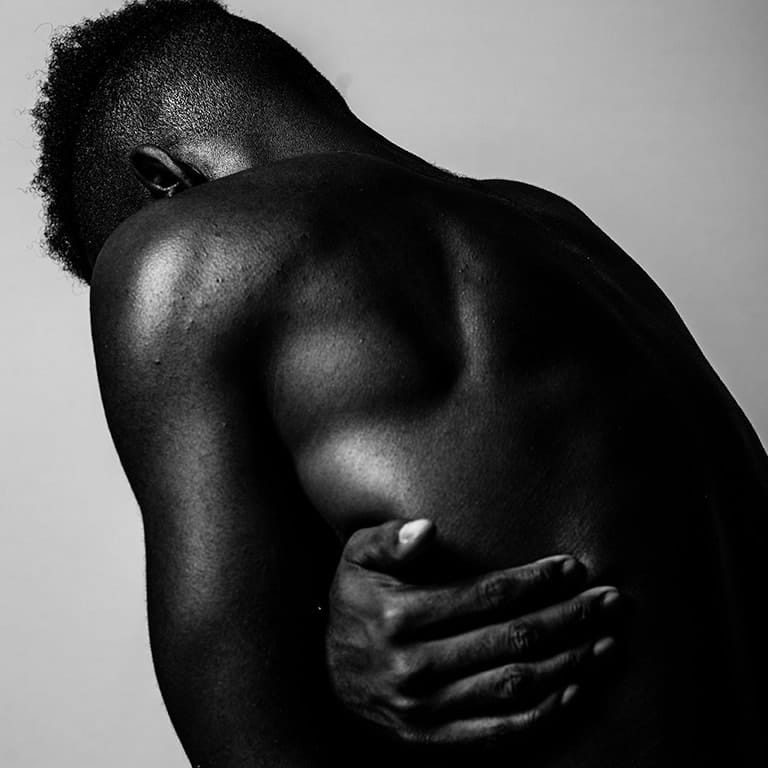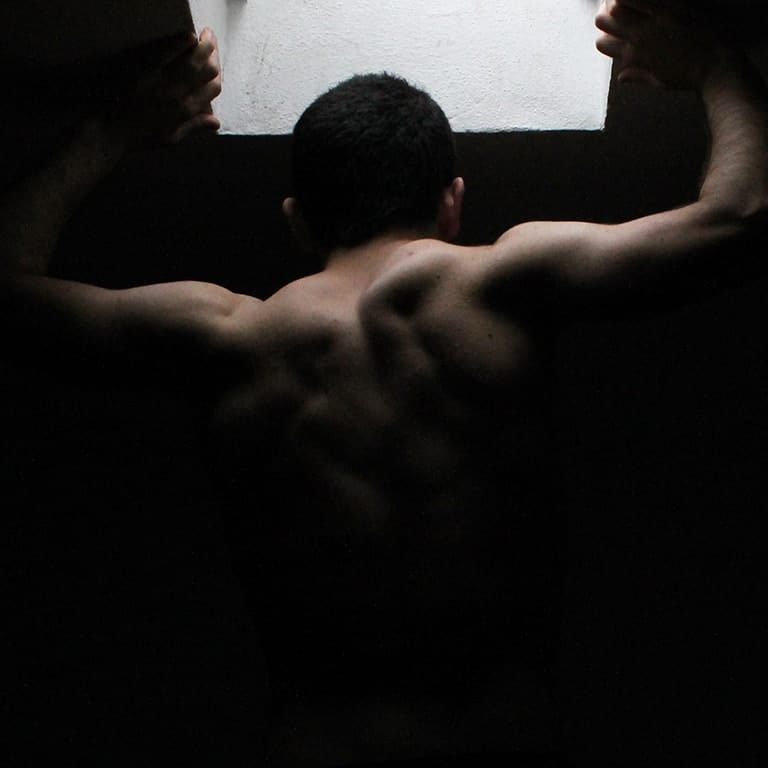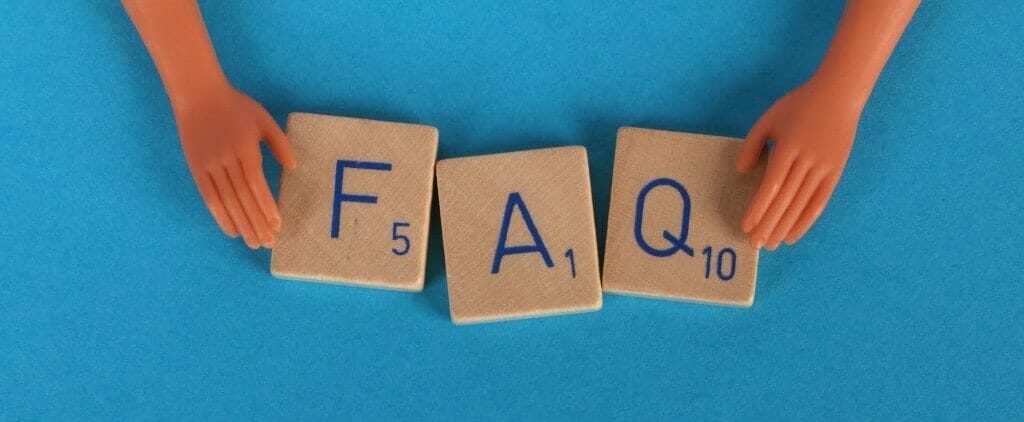Does Whole Body Cryotherapy Work?
From Gigi Hadid to Steph Curry, cryotherapy treatment has captured mainstream attention. It uses cold air, usually from liquid nitrogen, of below-freezing temperatures of -100 degrees celsius for two or three minutes on the body. There are saunas and spas that tout enhanced muscle recovery and metabolic rate with the treatment, as well as relief from chronic pain. For something that brings chilling to a whole new level, Tropika Club finds out does whole body cryotherapy work.
No Time to Read? Here’s a Snappy Summary of This Article
- What is cryotherapy? Cryotherapy is a treatment that uses cold air, usually from liquid nitrogen, of below-freezing temperatures of -100 degrees celsius for two or three minutes on the body.
- What are the claimed benefits of cryotherapy? Cryotherapy is said to have various benefits, such as enhanced muscle recovery, increased metabolic rate, reduced inflammation, improved skin condition, and boosted mood.
- What are the scientific evidence for cryotherapy? The scientific evidence for cryotherapy is mixed and inconclusive. Some studies have found positive effects of cryotherapy on pain relief, muscle soreness, and athletic performance, while others have found no or negative effects. There is also a lack of long-term studies and standardised protocols for cryotherapy.
- What are the risks and side effects of cryotherapy? Cryotherapy can cause some minor side effects, such as skin redness, numbness, tingling, and irritation. However, there are also some serious risks, such as frostbite, burns, eye injury, allergic reaction, and hypothermia. Cryotherapy is not recommended for people with certain medical conditions, such as high blood pressure, heart disease, diabetes, or pregnancy.
- What are the alternatives to cryotherapy? There are other ways to achieve similar benefits of cryotherapy without exposing the body to extreme cold. These include ice packs, cold water immersion, compression garments, massage therapy, anti-inflammatory drugs, and exercise.
https://magazine.tropika.club/4-great-benefits-of-drinking-cold-water/
Cryotherapy’s History
There’s evidence that the ancient Egyptians, and later Hippocrates, did see the analgesic and anti-inflammatory benefits of the cold. But one of the earliest proponents on the use of cold to treat disease was James Arnott, an English physician.
He was the first to use extreme cold to destroy a specific section of tissue. With a mixture of salt and crushed ice, he was able to reduce the pain and local blood haemorrhage of tumours.

New kinds of refrigerants were used with the advent of new research and technologies. Liquid air and liquid oxygen were used to treat ailments such as warts, varicose leg ulcers, carbuncles, and others in the late 19th century. Afterwards, a mixture of acetone of carbon dioxide was extensively used to treat acne.
How Does Whole Body Cryotherapy Work?
Whole body cryotherapy, as it’s called nowadays, builds on those ideas, using cold temperatures to provide pain management and relief from pain for injured, inflamed, or overused muscles. Some spas and saunas even tout a boost in collagen and reduced skin inflammation with cryotherapy.
Most modern cryotherapy treatments involve stepping into a cold chamber with some protective wear. The cold air is usually produced from liquid nitrogen. As the air from liquid nitrogen is dry, the cold will only affect the surface of the skin. The freeze time could last anywhere between three to four minutes.
Today, it’s promoted to those recovering from a serious injury, a chronically painful disease, athletes who want to boost their performance, and to those who are looking for new ways to lose weight.
Some also tout its ability to increase the body’s metabolic rate as one of the benefits of cryotherapy. As you go through cryotherapy, it could induce thermogenesis in your body, enhancing your body’s metabolism, which could help with weight loss.
How Effective is Whole Body Cryotherapy?
There’s no easy answer to the question about the effects of cryotherapy and the benefits of cryotherapy. For one, the temperatures of the cryotherapy chambers vary according to the spa and sauna offering cryotherapy, as is the duration of time inside the cryotherapy chamber.
In a review of scientific evidence regarding cryotherapy, it mentioned that could be helpful in treating “adhesive capsulitis” (frozen shoulder), which is a severe loss of shoulder motion that may complicate some injuries. Although, there are no long-term studies for this benefit as of yet.

In the same review, it may reduce muscle soreness in the short term and accelerate the perception of recovery after certain activities. However, it doesn’t seem to lead to a consistent improvement in function or performance. Also, it suggested that cryotherapy didn’t alter the amount of muscle damage after an intense exercise.
Be that as it may, researchers have found that cryotherapy is generally safe, with only a few problems reported with the treatment. However, it’s advised that people with certain conditions, such as nerve disease in their feet or legs, poor blood circulation, allergy to cold, major heart or lung disease, or poorly controlled high blood pressure, should avoid cryotherapy.
When it comes to treating chronic pain with cryotherapy, you should note that chronic pain usually persists over time. Often, these kinds of physical pain is resistant to medical treatments.
A Pretty Penny for A Pretty Extreme Chill
As with most newfangled trends, the jury’s still out on whether cryotherapy treatment actually works. It doesn’t come cheap too. Cryotherapy in Singapore can easily cost up to a few hundred dollars for one session. If you can afford in the long run, and if you feel like its working. Go ahead.
For the rest of us, let’s stick to the good ol’ ice packs for our post-workout recovery.
Conclusion
You might have heard of cryotherapy, a treatment that involves exposing your body to extremely cold air for a few minutes. Some people swear by it, claiming that it can do wonders for your health and wellness. But does it really work? And is it safe? In this article, we will explore the facts and myths behind cryotherapy, and help you decide if it is worth a try.
Cryotherapy, which means “cold therapy” in Greek, is a technique that uses liquid nitrogen to create cold air of below-freezing temperatures of -100 degrees celsius. You can either do it on specific parts of your body, such as your face or joints, or on your whole body in a chamber or a booth. The session usually lasts for two or three minutes, and you have to wear protective gloves, socks, and underwear to prevent frostbite.
The idea behind cryotherapy is that the cold air can trigger a response in your body that boosts your blood circulation, reduces inflammation, and stimulates the release of endorphins. Some of the benefits that cryotherapy enthusiasts claim to experience are:
- Enhanced muscle recovery: Cryotherapy can help reduce muscle soreness and fatigue after intense exercise, and speed up the healing process of injuries.
- Increased metabolic rate: Cryotherapy can increase your energy expenditure by making your body work harder to maintain its core temperature, which can lead to weight loss and fat burning.
- Reduced inflammation: Cryotherapy can lower the levels of inflammatory markers in your blood, which can improve your immune system, reduce pain, and prevent chronic diseases.
- Improved skin condition: Cryotherapy can tighten your pores, increase collagen production, and reduce signs of aging, such as wrinkles and sagging skin.
- Boosted mood: Cryotherapy can stimulate the production of endorphins, which are hormones that make you feel happy and relaxed. It can also help with depression, anxiety, and stress.
However, before you rush to book a cryotherapy session, you should know that the scientific evidence for these benefits is not very convincing. Most of the studies on cryotherapy are small, short-term, and poorly designed. They also have conflicting results, with some finding positive effects of cryotherapy on pain relief, muscle soreness, and athletic performance, while others finding no or negative effects. There is also a lack of long-term studies and standardised protocols for cryotherapy, which makes it hard to compare and evaluate its effectiveness.
Moreover, cryotherapy is not without risks and side effects. Some of the minor side effects that you might experience after a cryotherapy session are skin redness, numbness, tingling, and irritation. However, there are also some serious risks that you should be aware of, such as:
- Frostbite: If you expose your skin to extremely cold air for too long or without proper protection, you might get frostbite, which is a condition where your skin tissue freezes and dies. This can cause blisters, ulcers, infection, and permanent damage to your skin.
- Burns: If you come into direct contact with liquid nitrogen or other substances used in cryotherapy machines, you might get burns on your skin or eyes. This can cause pain, swelling, blistering, scarring, and vision loss.
- Allergic reaction: If you are allergic to cold or have a history of cold urticaria (hives caused by cold), you might have an allergic reaction to cryotherapy. This can cause itching, rash, swelling, difficulty breathing, and anaphylaxis (a life-threatening reaction).
- Hypothermia: If you expose your whole body to extremely cold air for too long or without proper monitoring, you might get hypothermia (a condition where your body temperature drops below 35 degrees celsius). This can cause shivering, confusion, drowsiness, slowed heartbeat, and death.
Cryotherapy is also not recommended for people with certain medical conditions, such as high blood pressure, heart disease, diabetes, or pregnancy. These conditions can make you more vulnerable to the adverse effects of cryotherapy, or worsen your existing symptoms. You should always consult your doctor before trying cryotherapy, and make sure that the facility you choose is licensed and reputable.
So, does whole body cryotherapy work? The answer is: it depends. It might work for some people, but not for others. It might have some benefits, but also some risks. It might be worth a try, but only if you are healthy, informed, and cautious.
At Tropika Club Magazine, we believe that there are other ways to achieve similar benefits of cryotherapy without exposing your body to extreme cold. These include:
- Ice packs: You can apply ice packs to specific areas of your body that are sore or injured. This can help reduce inflammation, pain, and swelling.
- Cold water immersion: You can immerse your whole body or parts of it in cold water, such as a tub, a pool, or a lake. This can help improve blood circulation, muscle recovery, and metabolic rate.
- Compression garments: You can wear compression garments, such as socks, sleeves, or tights, that apply pressure to your limbs. This can help reduce muscle soreness, fatigue, and swelling.
- Massage therapy: You can get a massage from a professional therapist or use a massage device, such as a roller or a ball. This can help relax your muscles, improve blood flow, and relieve pain.
- Anti-inflammatory drugs: You can take over-the-counter or prescription drugs, such as ibuprofen or aspirin, that can reduce inflammation and pain. However, you should be careful about the dosage and the side effects of these drugs.
- Exercise: You can do regular physical activity that suits your fitness level and goals. This can help strengthen your muscles, bones, and joints, improve your cardiovascular health, and boost your mood.
These alternatives are cheaper, safer, and more accessible than cryotherapy. They are also backed by more scientific evidence and have fewer side effects. Of course, you should always consult your doctor before starting any new treatment or exercise regimen.
We hope that this article has helped you understand the facts and myths behind cryotherapy, and make an informed decision about whether to try it or not. If you have any questions or comments, feel free to leave them below. And if you are looking for more health and wellness tips and tricks, check out our other articles at Tropika Club Magazine. Thank you for reading!

Frequently Asked Questions (FAQ)
Q: What is the difference between whole body cryotherapy and localised cryotherapy?
A: Whole body cryotherapy involves exposing your entire body to extremely cold air in a chamber or a booth for a few minutes. Localised cryotherapy involves applying cold air or liquid nitrogen to specific parts of your body, such as your face, joints, or muscles, for a shorter duration. Both methods aim to reduce inflammation, pain, and swelling, but whole body cryotherapy claims to have more systemic and holistic benefits.
Q: How much does cryotherapy cost in Singapore?
A: The cost of cryotherapy in Singapore varies depending on the type, duration, and frequency of the treatment, as well as the provider and location. According to some online sources, the average price range for whole body cryotherapy is between $80 to $150 per session, while localised cryotherapy is between $50 to $100 per session. Some providers may offer packages or discounts for multiple sessions or referrals.
Q: Where can I find cryotherapy providers in Singapore?
A: There are several cryotherapy providers in Singapore that offer different types of treatments and services. Some of the popular ones are:
- Absolute Zero: Asia’s first and only whole body cryotherapy concept that uses liquid nitrogen to create cold air of below-freezing temperatures.
- Only Aesthetics: A leading aesthetic clinic that offers whole body cryotherapy treatment that promises to burn up to 1500 calories in 3 minutes.
- Renaissance Dermatology Specialist Clinic: A skin specialist clinic that offers cryotherapy for removal of superficial skin growths by freezing with liquid nitrogen.
- Orchard Health Clinic: A rehab clinic that offers localised cryotherapy treatment suitable for all body parts using a handheld device.
You can also check out Tropika Club’s directory of cryotherapy providers in Singapore for more options and reviews.
Q: What should I wear and bring for a cryotherapy session?
A: For a whole body cryotherapy session, you should wear minimal clothing, such as underwear, shorts, or sports bra, and avoid any metal accessories or jewellery. You will also need to wear protective gloves, socks, and shoes provided by the provider. You may also want to bring a towel, water bottle, and moisturiser for after the session. For a localised cryotherapy session, you should wear comfortable clothing that allows access to the target area. You may also need to remove any makeup or lotion from the area before the treatment.
Q: How often should I do cryotherapy?
A: The frequency of cryotherapy depends on your individual goals, needs, and preferences. Some people may do it once a week, while others may do it daily or multiple times a day. The effects of cryotherapy are cumulative, meaning that the more you do it, the better you will feel. However, you should also listen to your body and consult your doctor before starting or increasing your cryotherapy sessions.

Have a Product to Recommend?
Your contribution is valuable to us! Are there any outstanding brands that you believe should be added to our list? If so, please send your recommendations to us at [email protected]. Tropika Club will review your suggestions and update the list accordingly. Thank you for your help in making our list as comprehensive and accurate as possible.
Meanwhile, Check Out Tropika Club’s Ecosystem of Websites

Tropika Club Magazine – Tropika Club Magazine is a Singapore-based publication that features articles on a wide range of topics with a focus on local businesses and content for the region. The magazine emphasizes supporting local businesses through its #SupportLocal initiative, which includes coverage of everything from neighborhood hawker stalls to aesthetic clinics in town. In addition to highlighting local businesses, Tropika Club Magazine also covers a variety of local content, including beauty, lifestyle, places, eats, and what’s on in Singapore and the Asia Pacific region.
Tropika Club Deals – Tropika Club Deals is a leading online deals and voucher shopping site in Singapore, offering amazing discounts on beauty, wellness, and fitness products and services. It’s the perfect platform for customers who want to discover the best deals without having to commit to a specific appointment date and time. These deals are available at major beauty stores, facial salons, hair salons, and other brands in Singapore, with no minimum spend required. Choose from guaranteed discounted deals in the categories of hairstyling, hair removal, facial & aesthetics, body slimming, brows & lashes, nails & makeup, massage & spa or fitness & wellness. Tropika Club Deals is also ideal for customers who want to buy vouchers as gifts or to use for the future. So whether you’re looking to save money on your next haircut or want to treat yourself to a relaxing massage, Tropika Club Deals has got you covered with the best voucher and coupon deals in Singapore!




